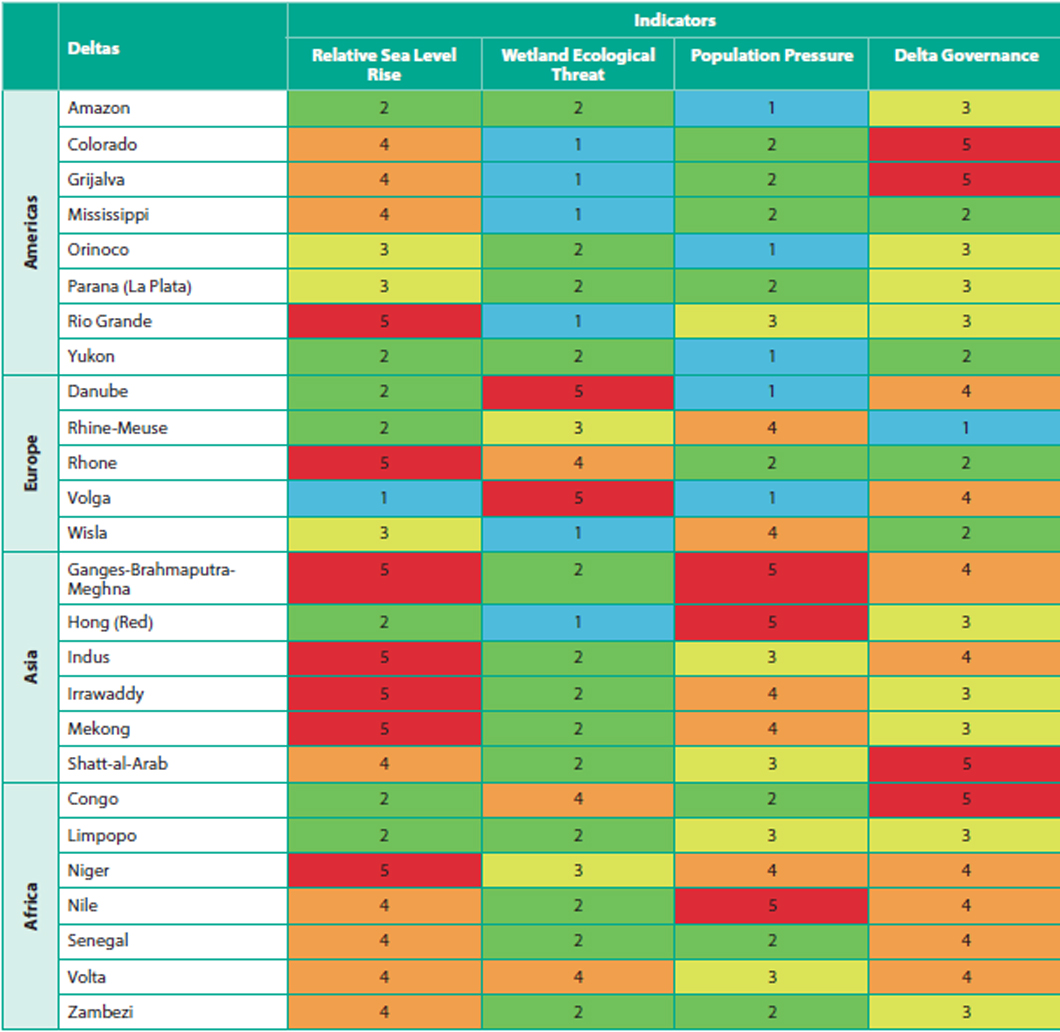Of the 286 transboundary rivers in the world, 218 are polluted; 70% of animals and plants in these rivers are at risk of extinction and governments around the world are building dams and diversions without adequate cooperation and with disastrous consequences. A new report by the UN Environment Programme has sounded a dire warning.
These regions are facing a water management crisis, not a water crisis – lead author Paul Glennie, of UNEP-DH told media during the report launch. While climate change is an exacerbating factor, he admitted, “the situation is in hands of these countries – but we need to act quickly”
The report Transboundary River Basins: Status and Trends, covers iconic rivers such as the Nile, Mekong, Amazon and Indus, all the way to the Conventillos, a tiny river basin shared between Costa Rica and Nicaragua.
Produced by a partnership of nine organisations, the assessment is based on a series of global datasets, and structured around 15 key indicators from water quantity and quality to governance, socio-economic vulnerability and ecosystem aspects.

Highlights
- Risks are projected to increase in the next 15-30 years, particularly for four hotspot regions: the Middle East, Central Asia, the Ganges-Brahmaputra-Meghna basin, and the Orange and Limpopo basins in Southern Africa. These are basins with high economic dependence on water resources, low levels of social well-being and high exposure to floods and droughts.
- Special attention should be paid to the impacts of upstream activities on deltas, in particular the reduction of sediment supply (resulting in sinking deltas) and of water flows due to dams and abstractions, and to pollution.
- Deltas in Asia are most at risk with the Ganges-Brahmaputra-Meghna delta the most vulnerable caused by a combination of relative sea level rise and population pressures and dam building holding back silt in areas where major cities lie.
- The Ganges-Brahmaputra-Meghna basin is also likely to face growing water stress. Although water availability is expected to increase in the whole basin by about 20% in the 2050s, this will be counteracted by growing demand driven by population growth and increased risk of political tension associated with dams and diversions. Countries affected: Bangladesh, Bhutan, China, India, Myanmar, Nepal.
- Central Asia basins are predicted to become a hotpot of agricultural stress – while poverty, armed conflicts and population growth could make it more difficult for countries to manage potential tensions associated with new water infrastructure. This includes Tarim, Indus, Aral Sea and Helmand basins. Countries affected: Afghanistan, China, India, Iran, Kazakhstan, Kyrgyzstan, Nepal, Pakistan, Tajikistan, Turkmenistan, Uzbekistan.
Read the full report here and explore the data portal here






